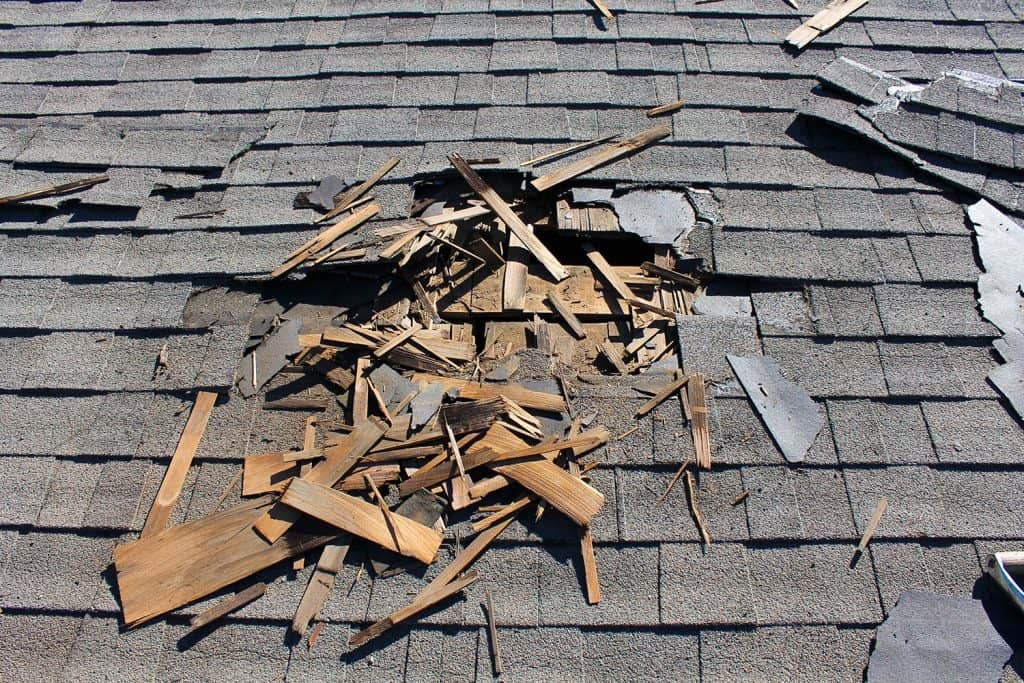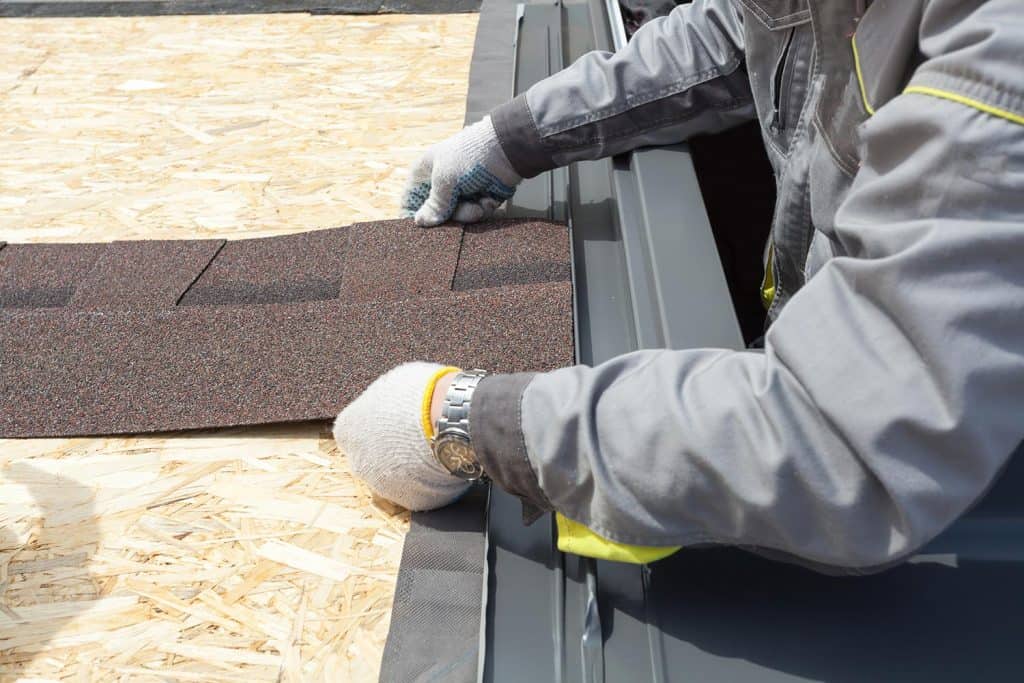Your roof shields you from the elements all year, from winter to spring and summer to fall. Your roof is steadfast in protecting your home and its people even while exposed to harsh weather conditions. Roofs, on the other hand, do not endure forever. When your roof's anticipated lifetime has passed or is close to doing so, it may be time to consider a new one. In the months or years leading up to when your old roof needs replacement, there will almost certainly be several warning signals. So, how often should you replace your roof shingles?
I will answer these questions shortly. So keep reading!

When you need roof shingles replacement
Damaged Shingles
One of the most apparent red flags is a severely damaged roof. You may notice that your roof has shingles missing or that the current ones are pretty worn or damaged. This may be the case if your roof has been exposed to high winds, water damage, or old age for an extended period. If your shingles have cracks or are starting to curl, it's probably time for a replacement.

Bad Gutters System
Your gutters can also reveal a lot about the condition of your roof. Gutters are used to carry rain away from your home's foundation and are designed to do so. Leaves, branches, and even twigs are frequently found in your gutters, as they should be. Granules in your gutters indicate a roofing problem if you start to see them. These granules are often pebbles from your shingles that fall off and end up in your gutters. If you notice an increase in the number of granules, it's likely time for a new roof.
Sagging Roof
To prevent your house, family, and belongings from harm, your roof should be robust and solid. Everything, from the decking to the shingles, should be in place and none of them should be missing or severely damaged. Sagging is an ample warning that indicates the need for roof replacement. Your roof could be visibly drooping from the inside or outside, affecting various parts of the roofing system. If sagging is not promptly addressed, any extra weight placed on the roof due to snow or debris might cause it to collapse.
Roof Leaks

Leaks are another typical sign of a failing roof, and they can contribute to a variety of roofing issues. Leaks are pretty standard when shingles or another roof layer fails, allowing water to seep through the cracks. Water is not the only thing that leaks into your attic. Even if you don't see water seeping in, there may be a leak. Dark stains, moist patches, or mold growth might appear in your attic if leaks develop outside of sight. Look for water pooling on your roof as well. Do not attempt to walk across a roof that you believe is damaged or dangerous in any manner.
Read more: How often should you replace your roof in Florida?
How often should you replace your roof shingles?
The lifespan of a roof is defined by how many years it lasts. A typical three-layer asphalt shingle roof will last approximately 25 years. You should be able to achieve about 25 years of roof life as long as your roof is adequately vented and constructed. So, you want to replace your roof before it starts leaking or fails.
A good roofing contractor will advise you to replace your roof somewhere around 80-85 percent of the manufacturer's lifespan of the roof. For example, consider replacing a 25-year roof after 20 years. Please don't put it off any longer; get ahead of any potential issues and replace your roof before it hits the end of its lifespan.
Other factors, such as color, orientation, and slope of your roof, can also influence its longevity. Darker-colored roofs tend to absorb more heat than lighter-colored roofs in hot climates with a lot of sunshine. If the person resides in a hot region with lots of sun, their roof will frequently require replacement. If your roof faces south, the sun's rays will have a greater impact, resulting in a shorter lifespan. Consider the pitch of the roof, too. Roofs with a steep angle endure longer because rain and snow cannot settle as readily.
Read more: How often should you replace your roof?
What factors should you consider before replacing your asphalt roof?
Now that you know what a roof replacement is for, there are a few things to consider before investing in one. When considering whether or not to invest in a new roof, keep your plans and budget in mind.
If you're planning on selling your house

Unlike every other roof replacement, each situation is unique. When you decide to replace your roof, you must consider your plans.
If you're older, have a stable home, and know your roof is more than 20 years old, you could want to replace it and get on with life.
If you're near the 20-year mark and know you'll be selling your house in two to five years, it's probably time to replace the roof. So consider replacing it now, enjoying it as much as possible, and then getting your investment back with the curb appeal when it's time to sell.
How much will your asphalt roof replacement cost you?

A roof replacement is a major investment. It's not inexpensive, like every other investment. If your roof is more or less 15 years old, it will need to be replaced in 5-8 years. So start budgeting for it now. Just get an estimate from a contractor, so you'll know how much you'll have to put aside when the time comes.
The figures will not be the same because of changes in roofing material costs, but you'll have a basis on which to start budgeting.
Get an idea of what your roof needs from multiple contractors.
It's critical to get various opinions before you replace your roof. A roofing salesman has to persuade you to purchase a new roof.
That's why the first thing you should do after getting one roofing estimate is to get another. For example, if one contractor claims you need a complete roof replacement while three others claim you only require repairs, it's likely that your roof just requires repair work.
How often should you replace your roof shingles? There is no simple answer to this question. When considering whether or not your roof should be replaced, make sure to consider the whole roof, including its age, condition, and upkeep. It is also essential to pay attention to potential warning signs for damaging the roof.
